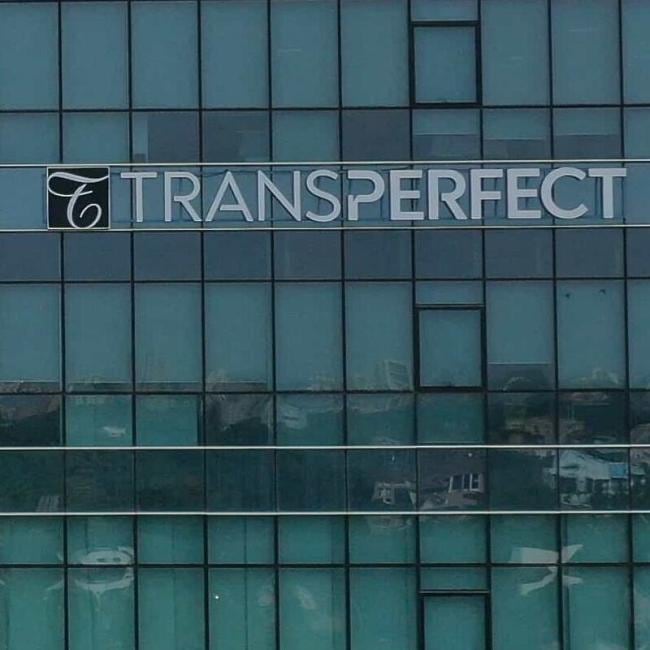Busting the Myths of Component Content Management Systems


If your company is thinking about adopting a component content management system (CCMS), it’s likely you’ll come across a few tall tales about its features. While a CCMS improves productivity, reduces costs, and streamlines your content management, it’s essential to understand how it delivers those benefits — or rather, bust the myths about how it does it.
Myth 1: A CCMS Will Automatically Structure My Content
It is critical to understand that a CCMS requires some direction. Because a CCMS like the Vasont CCMS is able to handle many different structures or DTDs, it requires users to configure the appropriate structure in the system prior to loading content. At that point, content that has been previously marked up for that chosen structure can be loaded. It is also critical to understand that a CCMS is one piece of the structured authoring process. There are data conversion tools that can convert content to many different structures. A CCMS that has an integration with a data conversion tool can automate the structuring of content.
Myth 2: A CCMS Will Solve All My Process Problems
Some process problems you’ll still encounter often happen outside the CCMS, such as ensuring your writers maintain a similar tone when writing new content or other non-conformances to the established process. People establish and define the process; the CCMS implements the process. If people define a complicated process, it will be slow regardless of whether a CCMS is enforcing it or not. So the CCMS’s enforcement is only as good as the defined process that it’s given. What a CCMS can help with is process management: to ensure that all content follows the same process, that the right people are involved in the process and no one is forgotten or skipped, and that automatic reminders encourage due dates to be met more often.
Myth 3: A CCMS Will Work Perfectly out of the Box for Me
It’s a rare instance for a company to implement a CCMS that works like a charm the first time. Often, you’ll find room for improvement once you begin using your CCMS, whether by modifying style standards, changing your processes, or adapting advanced features to evolving company preferences.
One of the benefits of our CCMS at Vasont Systems is that we offer consulting services, as well as implementation and support services. With our more than two decades of expertise, we help you adopt our CCMS solutions and avoid significant setbacks during the process, which lets your system reach its full potential from the start.
Myth 4: A Multilingual CCMS Will Translate Content
A frequent misunderstanding about CCMSs is their ability to translate content. Instead of translating content, our CCMS manages the translation of your content, from initiating the process to storing final translated content in the system.” Also, change the end of the last sentence to “which support translation for any language.
Another myth you’ll often hear about CCMSs is that formatting and structure are the same things. One of the most critical things to know about a CCMS is that these two features are different. Structure relates to the organization of your content components, from text to images, while formatting is the presentation styling – i.e., the “look and feel”.
Visit Vasont Systems for Help Getting Started with Your Content Management Strategy
With more than 25 years of experience, Vasont Systems understands component content management systems better than anyone. From the actual advantages to the mythological features, our team can help you debunk the myths and discover what a CCMS can bring to your company — as well as teach you how to reap its full benefits.
Explore our available software, or contact us to learn more about our services today.


